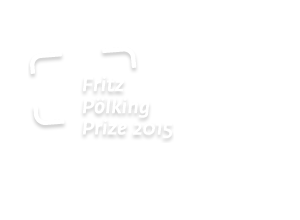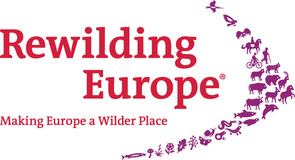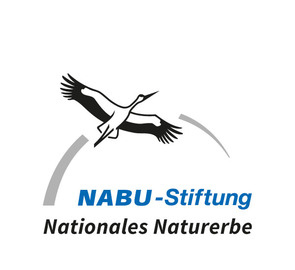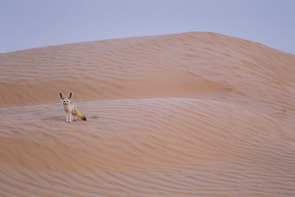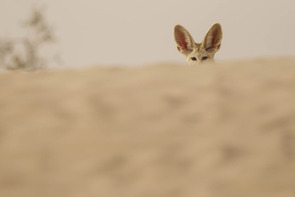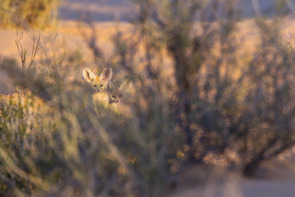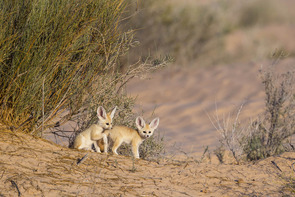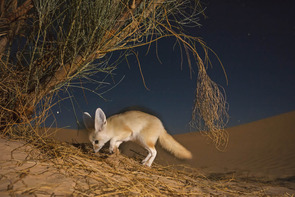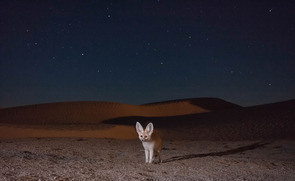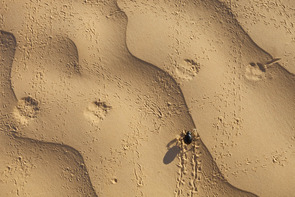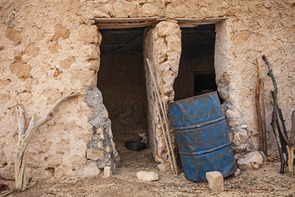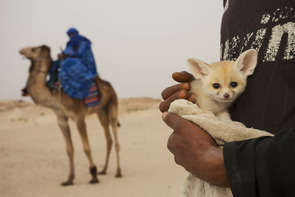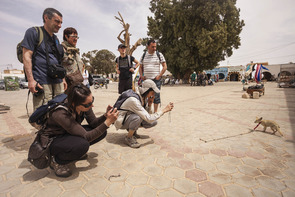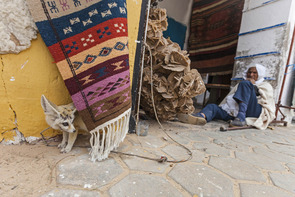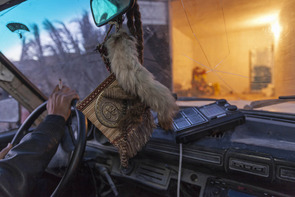Winner: Bruno D´ Amicis
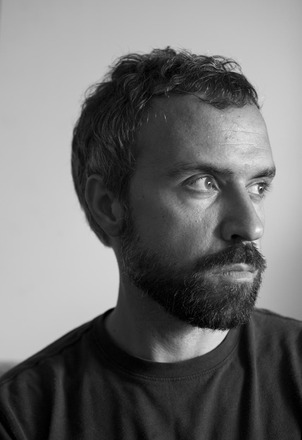
Bruno D’Amicis was born in Rome in 1979.He now lives and works in the shadow of the Abruzzi mountains whilst also travelling to dozens of foreign countries for his projects. A nature enthusiast since his childhood and passionate photographer since 1994, Bruno has earned a cum laude bachelor degree in Biology and he has become a full-time nature photographer in 2004; his main focus being the conservation of natural habitats and biodiversity. His work has obtained worldwide recognition and among the awards worth mentioning are a first prize in the category Nature Singles at the World Press Photo 2014 and a first prize in the category World in Our Hands at Wildlife Photographer of the Year 2014. His images have been published in print media (National Geographic Magazine World edition, GEO, BBC Wildlife etc.), books and calendars both in Italy and abroad. He regularly works in close collaboration with protected areas' organisations and NGOs both in Italy and in the rest of the World (WWF, Birdlife International, NABU, UNESCO). He has been working on assignment for the National Geographic Society in 2013 (Tunisia) and 2014 (Madagascar) and has been invited as speaker at international and prestigious events such as WILD10 in 2013 in Spain; Wildphotos in London in 2011 and 2014, the International Nature Photography Festival held by the German nature photography association GDT (2010 and 2012). He likes to join visual media, education and conservation in projects he carries out in several countries (recently Ethiopia, Tunisia, India and Georgia) beside in his beloved Apennine Mountains. Among such projects is the ambitious multimedia project L'Altro Versante, which is entirely devoted to the Italian natural landscape and which Bruno carries out together with two other professional photographers and a film crew.
Until now, Bruno has published three books: The Last Stronghold on the bears and wilderness of the Tatra Mountains in Slovakia; Ornata, ten years of imagery of the Apennine chamois and its habitat and The Last Summer, stories from the last mountain shepherds in the Majella. His next book, Time for Wolves, focusing on wild wolves, will be released in autumn 2015.. He is an honorary member of AFNI (Associazione Fotografi Naturalisti Italiani), and has contributed to the pan-European project Wild Wonders of Europe. Since 2009 he has been a member of the prestigious International League of Conservation Photographers.
For more information: www.brunodamicis.com
Project: Fennec, little ghost of the dunes
We do not really know much of the biology of Vulpes zerda, the fennec fox, although it is promptly recognised by everyone on account of its cuteness and its incredibly large ears, which help this species to locate food in the sand dunes and radiate heat. It is the quintessential desert animal, whose range covers almost the whole north of Africa and the entire Sahara. It can survive without water by getting fluids from its prey. Its furry pugs can walk on the hottest sand and it is able to dig a burrow within seconds to escape predators and the desert heat. Desert nomads tell countless tales praising the fennec's intelligence while no extensive scientific research has ever been carried out to describe the life of the smallest canid of the world. Its charismatic appearance has made the fennec a symbol of desert wildlife and a sought-after exotic pet. So much that people of the Sahara often catch small pups in the wild in the attempt of selling them or using them as a tourist attraction. The difficult economical conditions and the unstable socio-political situation in most of the countries of its distribution together with a general lack of protection measures are destroying its fragile habitat and pose a serious threat to this extraordinary species.
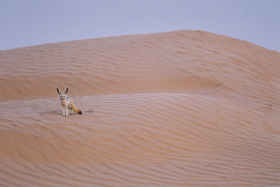
An adult fennec fox (Vulpes zerda) stands on top of a sand dune in the Tunisian desert. It is the quintessential desert animal that covers almost all of northern Africa and the entire Sahara. Small dunes with sparse vegetation, which make the sand firmer enabling the fennec to dig burrows, are its typical habitat.
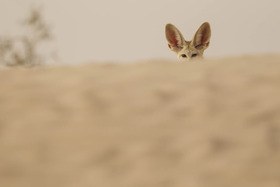
At 1.5 kg of weight and with the striking size of its ears, the fennec is of the smallest size and has the largest ears among all the world's canids. The latter help this species to locate food and radiate heat.
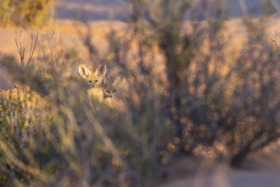
Two one-month old fennec pups peek out from behind some shrubs near the den entrance. Fennecs' dens are burrows dug in firm sand and are usually located in quiet and remote areas of the desert.
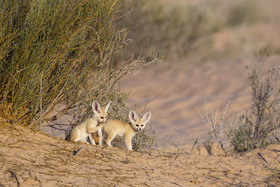
Fennec pups photographed while playing out of the den in full daylight. Young fennecs are usually born at the end of March and start exploring their surroundings in May. In case of disturbance, the mother can immediately move her pups to another burrow.
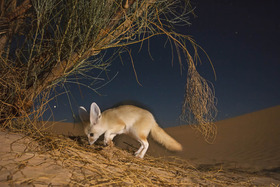
A camera-trap setup reveals a fennec digging for beetles between the roots of a Retam broom shrub. Fennecs often and quickly dig in the soft sand to search for rodents and invertebrates or to find cover.
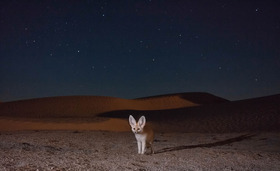
On a starry night an adult fennec fox (Vulpes zerda) takes a self-portrait by crossing the infrared beam of a camera-trap setup placed along a trail in the desert dunes. These foxes are active almost exclusively at night and roam large areas to locate their prey in the dark silence of the Sahara.
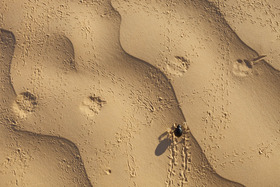
A tenebrionid beetle walks across the faint track left by a fennec during the night. The life of these foxes is largely dependent on the presence and density of invertebrates.
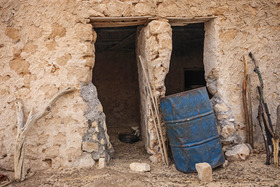
An adult fennec is kept imprisoned in a small sheep pen located at the outskirts of a desert village in southern Tunisia.
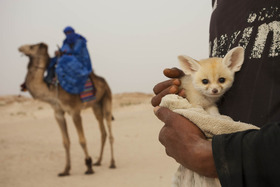
A few weeks-old and not yet weaned, this wild fennec pup is held by a local man who caught it together with its siblings by digging them out from their den. By exposing it on a famous camel trek site for tourists, he hopes to either sell it or to get paid for pictures of it.
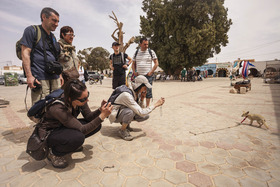
A fennec is displayed in the market (souk), of a Tunisian town. Fit for a life in the silence and solitude of the desert, this individual, caught when already an adult, showed clear signs of distress and aggression in the chaos of the town. It died a few days after this picture was taken.
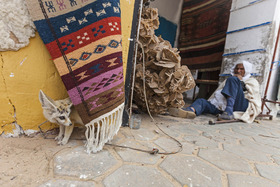
“Sultan”, a famous captive fennec that is displayed tied on a rope in front of a tourist shop, is the main attraction in the souk of Douz, a desert town in Tunisia. By the display of such a charismatic animal, tourists are often lured to buy things or pay for pictures. On inquiry, although Sultan has been caught as a pup in the wild, the owners of the shop reassure the foreigners stating that the animal is “domestic”.
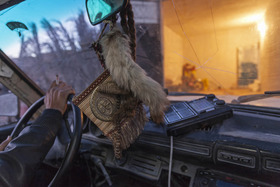
Considered a luck charm, the tail of an adult fennec hangs from a Tunisian car's rear mirror. Although fennecs rarely pose a threat to domestic animals, they are sometimes considered pests by desert people and thus hunted or trapped.


